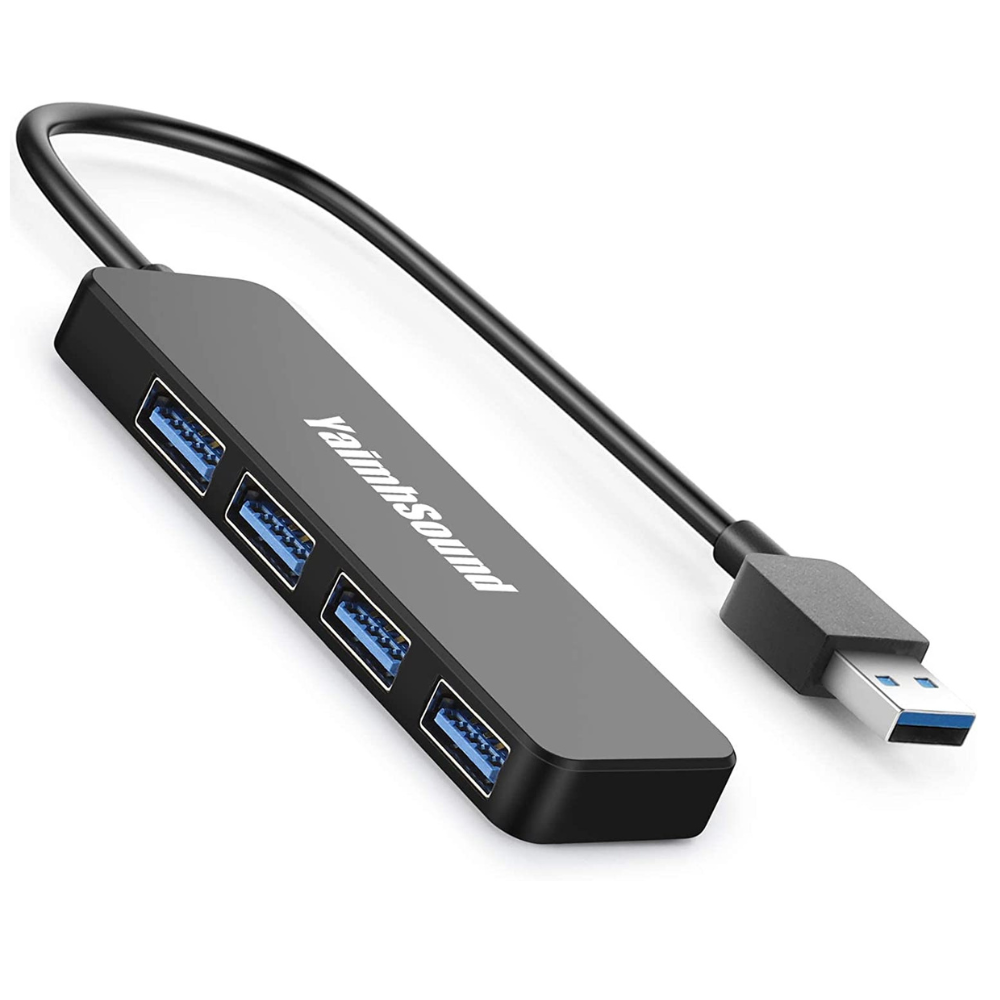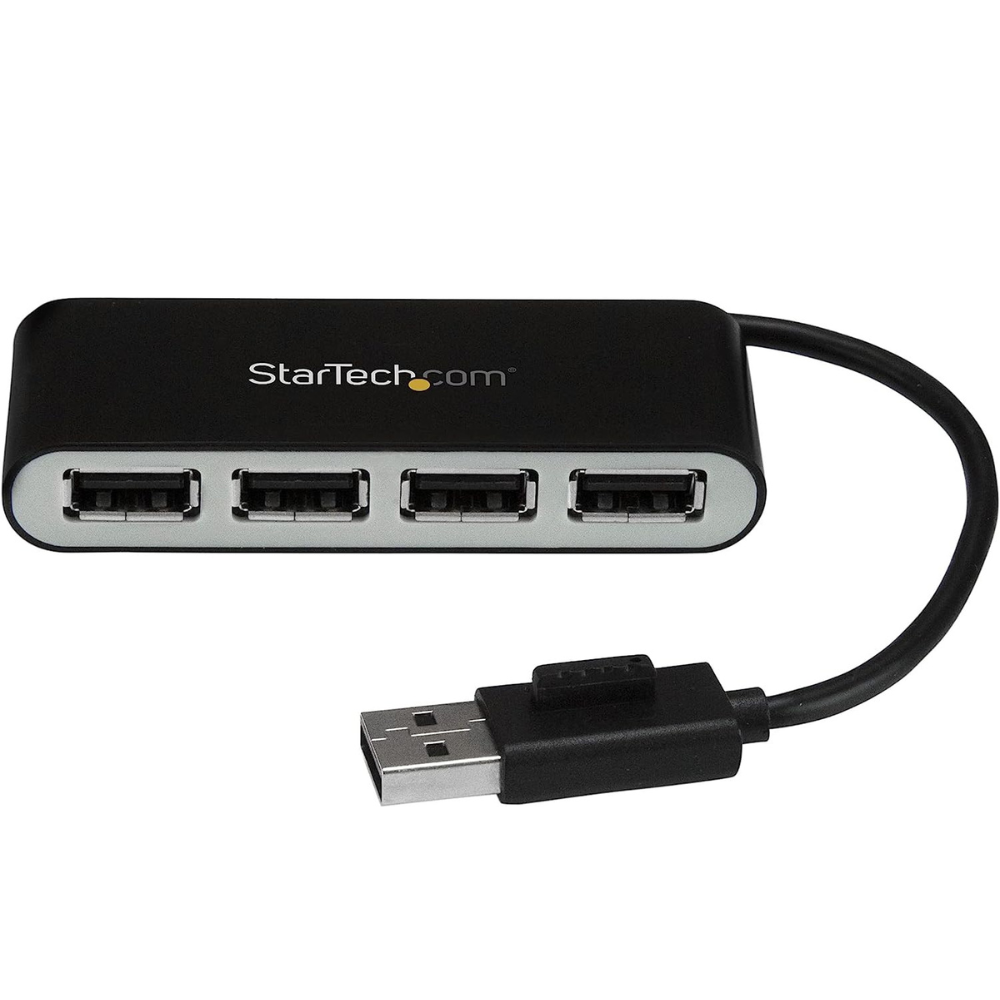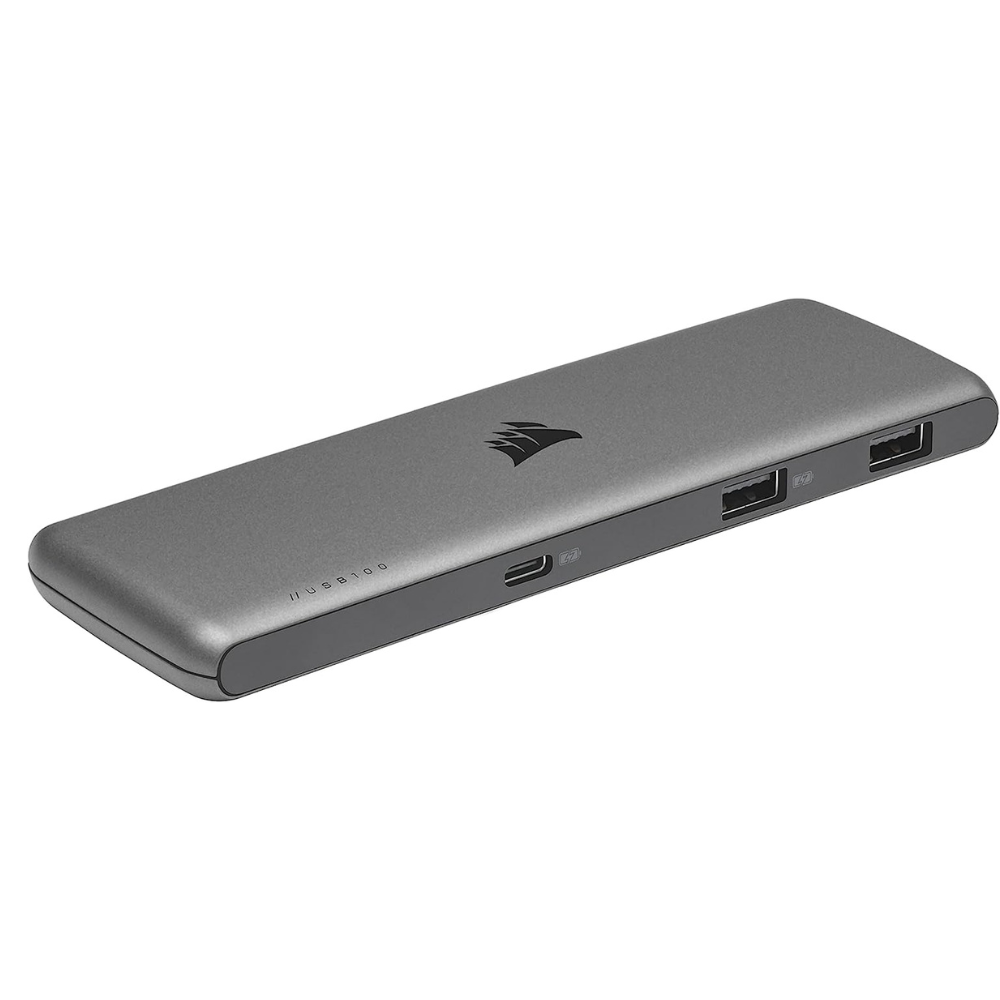What Is a USB Hub & Why You Need One? You Ask We Answer!

In today's digital age, we are often surrounded by a myriad of devices that require USB connections. From laptops and desktop computers to smartphones and tablets, the need for additional USB ports is becoming increasingly common. This is where a USB hub comes into play. In this article, we will delve into what exactly a USB hub is and why you might need one in your everyday life.
What is a USB Hub?

A USB hub is a device that expands the number of available USB ports on a computer. It functions as a central hub, allowing multiple USB devices to be connected to a single USB port on a computer or laptop. By utilizing a USB hub, users can connect various devices simultaneously, such as keyboards, mice, printers, external hard drives, and more. This makes it convenient for individuals who require multiple USB connections but have limited ports available on their computers.
Types of USB hubs
There are two main types of USB hubs: bus-powered and self-powered.
1. Bus-Powered USB Hubs:

These hubs draw power directly from the computer's USB port to operate. They usually have multiple downstream ports, allowing users to connect several devices effortlessly. However, it's important to note that the number of devices that can be connected at once may depend on the power requirements of those devices. If the power demands exceed the available power supply from the USB port, some devices may not function properly or may experience reduced performance.
2. Self-Powered USB Hubs:

In contrast with bus-powered hubs, self-powered hubs have their own power source. They include an external power adapter that plugs into an electrical outlet, supplying sufficient power to all connected devices. Self-powered hubs are ideal for power-hungry devices, such as external hard drives or high-speed charging hubs, as they can deliver the required power without straining the computer's USB port.
➩ How Do USB Hubs Work?
USB hubs work by taking a single USB port on a computer and splitting it into multiple ports. When a USB hub is connected to a computer's USB port, it becomes the central connection point for multiple devices. The hub intelligently distributes power and data between the computer and the connected devices.
When a device is plugged into a USB hub, it communicates with the computer through the hub. Data is transmitted between the device and the computer via the USB hub. The hub acts as an intermediary, relaying the signals between the device and the computer. Similarly, power is supplied to the connected devices either from the computer's USB port (in the case of bus-powered hubs) or from an external power source (in the case of self-powered hubs).
USB hubs also have a built-in controller that manages the flow of data and power to ensure efficient communication between devices and the computer. The controller ensures that each device receives the appropriate power and data transfer speed, based on its specific requirements.
➩ Why Do You Need A USB Hub?
In today's world, we are constantly surrounded by devices that require USB connections. Whether it's our laptops, tablets, smartphones, or even gaming consoles, USB ports have become an essential part of our daily lives. However, it is not uncommon to find ourselves in a situation where the limited number of USB ports on our devices becomes a significant inconvenience. That's where a USB hub comes in to save the day.
➾ Limited USB Ports on Devices
One of the primary reasons why you need a USB hub is the limited number of USB ports on modern devices. As technology evolves, devices are becoming slimmer and more streamlined, resulting in a reduction in the number of available USB ports. This can be particularly frustrating when you need to connect multiple peripherals simultaneously, such as a mouse, keyboard, printer, and external storage device. By using a USB hub, you can expand the number of available USB ports, allowing you to connect all your devices without having to constantly unplug and plug in different peripherals.
➾ Convenience
The convenience of a USB hub cannot be overstated. Instead of constantly switching between devices and struggling with limited USB ports, a USB hub allows you to have all your peripherals connected at once. This means you can have your mouse, keyboard, printer, and other devices conveniently plugged in and ready to use whenever you need them. No more searching for vacant USB ports or wasting time unplugging and replugging devices. A USB hub simplifies your setup, making your work or play experience more efficient and hassle-free.
➾ Increased Productivity
Using a USB hub can significantly increase your productivity. With all your devices connected simultaneously, you can seamlessly switch between different peripherals without any interruptions. For professionals, this means being able to work on multiple tasks at once without the hassle of constantly reconnecting devices. For gamers, a USB hub ensures that all your gaming peripherals, such as controllers, headsets, and gaming mice, can be connected and ready to use without delay. By eliminating the need for constant device swaps, a USB hub allows you to focus on what's important and complete your tasks or enjoy your leisure activities more efficiently.
➾ Cost-Effective
Investing in a USB hub is a cost-effective solution when compared to the alternatives. Buying laptops or devices with additional USB ports can be an expensive option, especially if the device you currently own meets all your other requirements. Instead of replacing your existing devices, you can simply purchase a USB hub that suits your needs. USB hubs come in various sizes and configurations, allowing you to choose one that fits your specific requirements. This means you can save money by utilizing your current devices and avoiding the need for unnecessary upgrades.
Factors to Consider When Choosing a USB Hub
A. Number of Ports
One of the first factors to consider when choosing a USB hub is the number of ports it offers. Assess your current and future needs to determine the appropriate number of ports for your setup. If you frequently use multiple USB devices simultaneously, opt for a hub with more ports to accommodate all your devices. Additionally, consider the types of devices you use and how much power they require, as this will impact your decision on the number of ports needed.
B. Compatibility
Compatibility is another crucial factor when selecting a USB hub. Ensure that the hub you choose is compatible with your computer's operating system and the devices you plan to connect to it. Some USB hubs may not support certain devices or have limited compatibility with different operating systems. Reading customer reviews or consulting with technical experts can provide valuable insight into the compatibility of a particular USB hub.
C. Power Source
The power source of a USB hub is another important consideration. Some hubs draw power directly from the computer's USB port, which can limit the amount of power available for connected devices. In such cases, purchasing a powered USB hub with an external power source is recommended. This ensures that each device receives sufficient power and prevents potential malfunctions or lags. Carefully assess your power requirements to determine the most suitable power source for your USB hub.
D. Type of USB Ports
The type of USB ports on a hub is another crucial aspect to consider. USB hubs come in different versions, such as USB 2.0, USB 3.0, and USB 3.1. USB 3.0 and above offer faster data transfer speeds and are backward compatible with older USB devices. If you frequently transfer large files or use high-speed devices, opting for a USB hub with USB 3.0 or higher ports is advised. However, if your devices are predominantly USB 2.0 compatible, using a USB 2.0 hub may be more cost-effective.
E. Design
While the functionality of a USB hub is vital, the design should not be overlooked. Consider the ergonomic design and compactness of the hub, especially if you plan to travel with it or have limited desk space. Additionally, factors such as cable length, material durability, and overall build quality should be assessed. It is crucial to choose a USB hub that not only meets your technical requirements but also aligns with your aesthetic preferences and lifestyle.
F. Additional features
Some USB hubs come with additional features that can enhance your experience. These can include built-in Ethernet ports for wired internet connections, SD card readers, external audio ports, or even wireless charging capability. Consider whether these additional features align with your needs and if they are worth the extra investment. However, it's essential to ensure that these features do not compromise the overall performance or compatibility of the USB hub.
Final Thoughts:
When choosing a USB hub, carefully consider factors such as the number of ports, compatibility, power source, type of USB ports, design, and any additional features. Prioritize your specific needs and preferences to make an informed decision. It is also advisable to read reviews and seek expert advice to ensure the chosen USB hub meets your requirements. By considering these factors, you can find a USB hub that enhances your connectivity and simplifies the use of USB devices in your daily work or personal life.





